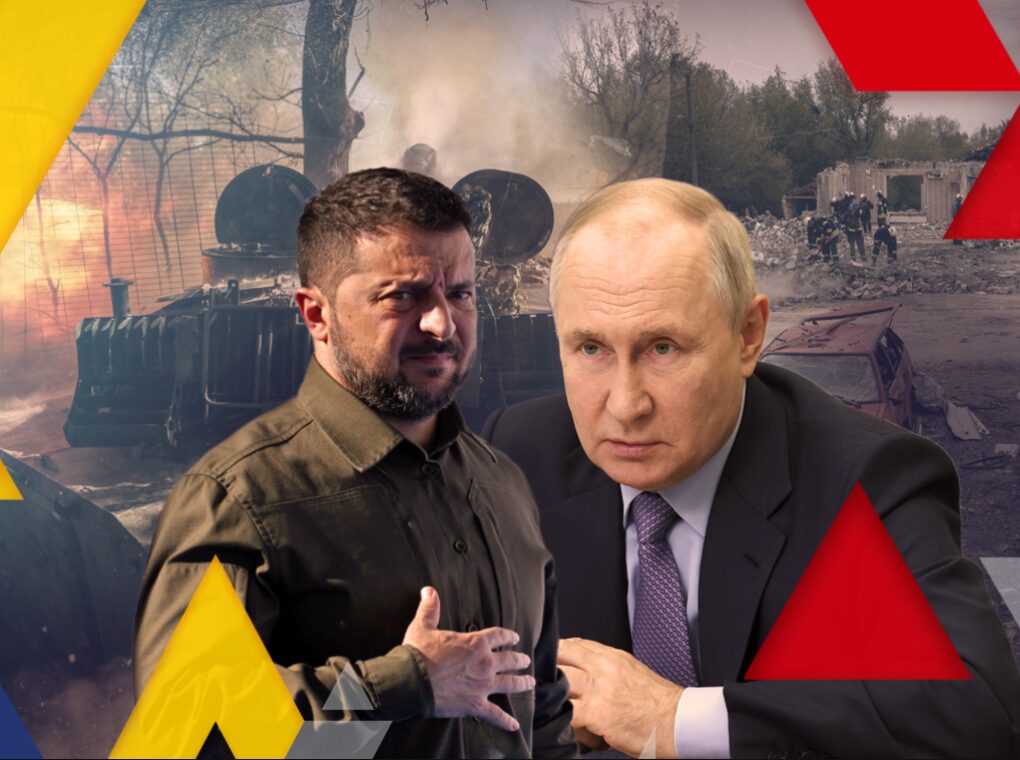In the latest surge of information warfare, Russian officials and media have declared that Ukrainian armored forces, once a symbol of Kyiv’s resilience and international backing have been altogether wiped out. By insisting that “Ukraine has no tank brigades left,” Moscow intends to signal absolute dominance on the battlefield and erode both enemy and Western morale.
This rhetoric comes as Russia reports further military gains, notably in the east around the embattled city of Chasiv Yar, a focal point for months of intense combat. Russia’s assertions are designed not only to demoralize Ukrainian defenders but also to sway international opinion regarding the futility of continued support for Kyiv.
Ukrainian Armored Forces—Battered But Not Gone
Despite persistent Russian claims, the reality is more complex and evolving. Independent assessments and Western intelligence reveal that while Ukraine’s tank brigades have suffered enormous attrition, especially after two years of brutal, attritional warfare, they are not universally destroyed. The Ukrainian military’s practice of rotating units, pulling battered brigades from the line for rest and refit, and consolidating depleted formations may explain periods of low front-line strength or reorganization, giving rise to exaggerated narratives of “no remaining tank brigades.”
There are credible reports that Ukraine is in the process of restructuring and forming new groupings for counteroffensives, reportedly preparing up to eight fresh brigades, albeit often under-equipped and facing ammunition shortages. Ukrainian commanders acknowledge critical armor shortages, which hinder the ability to mount broad mechanized attacks, but deny that their armored capability has been fully “annihilated.”
Scale of Losses
Both Russia and Ukraine have endured unprecedented equipment losses:
Ukraine’s tank and armored vehicle losses are steep, with many Western-supplied main battle tanks (such as Leopard 2s and Challengers) lost or in need of repair.
Russia, too, has lost significant numbers of tanks and armored personnel carriers, documented by both open-source analysts and military observers.
The lethality of anti-tank weapons, drone warfare, long-range artillery, and urban combat has dramatically escalated equipment attrition on both sides, making large-scale armored formations harder to sustain.
The overall picture is one of evolving warfare. Ukraine increasingly relies on dispersed, mobile anti-tank teams, drones, and infantry tactics rather than massive tank-led assaults.While this adaptation is a response to losses, it is also a reflection of the realities of modern high-intensity conflict.
‘Vanishing NATO’: Russian Narrative and Western Realities
Russian commentators and officials use the phrase “vanishing NATO” to highlight Western hesitation and delays in delivering military aid to Ukraine. This narrative features several key themes:
Claims of declining Western commitment: Russia points to debates in Western parliaments, reductions in promised tank deliveries, and war fatigue in NATO countries as proof that the alliance is abandoning Ukraine.
Psychological Operations: Such rhetoric is a classic tool of psychological warfare, intended to sap Ukrainian morale, pressure the West politically, and bolster the Russian public’s sense of superiority.
Western Military Support: Continuity Amidst Challenges
The reality is more nuanced, despite political wrangling, the US and Europe maintain substantial flows of ammunition, drones, artillery, and—though at a slower pace—some advanced armored vehicles to Kyiv. European defense industries struggle to meet demand, and domestic politics have led to debates over aid in countries like Germany and the United States. However, core NATO commitments remain intact.Western strategists increasingly advise Ukraine on asymmetric tactics and combined-arms operations that maximize the impact of remaining assets.
Strategic, Political, and Psychological Implications
By claiming Ukraine’s tank brigades have been destroyed and mocking NATO’s supposed retreat, Russia legitimizes its continued offensives and consolidates domestic support. These narratives are meant to hasten Western fatigue and rifts, creating urgency about accepting Russian terms or scaling down support for Ukraine.
Ukrainian commanders push back on defeatist claims, emphasizing adaptability and resilience. Ukrainian appeals for increased Western aid continue, now couched in terms of survival rather than triumph. Ukrainian forces likely face serious shortages of heavy equipment, compelling greater reliance on asymmetric, drone, and anti-armor tactics—a challenging but not unprecedented military adaptation.
NATO is pressed to deliver aid despite domestic skepticism and the clear cost of a prolonged war. Western officials counter Russian narratives by highlighting ongoing support and investing in new aid packages.
Russia’s claims about the destruction of Ukraine’s tank brigades and the “vanishing” of NATO are best understood as part of a broader strategy of information and psychological warfare. The facts on the ground are stark: Ukraine’s armored forces are battered, Western aid faces challenges, but neither is fully destroyed nor absent. The war in Ukraine has entered a grinding phase of attrition and adaptation—one in which tanks still matter, but narratives, resilience, and alliance credibility count just as much.
The Kremlin’s message is clear and persistent, but battlefield facts, Western resolve, and Ukrainian resilience continue to shape the conflict’s bitter, uncertain course.
